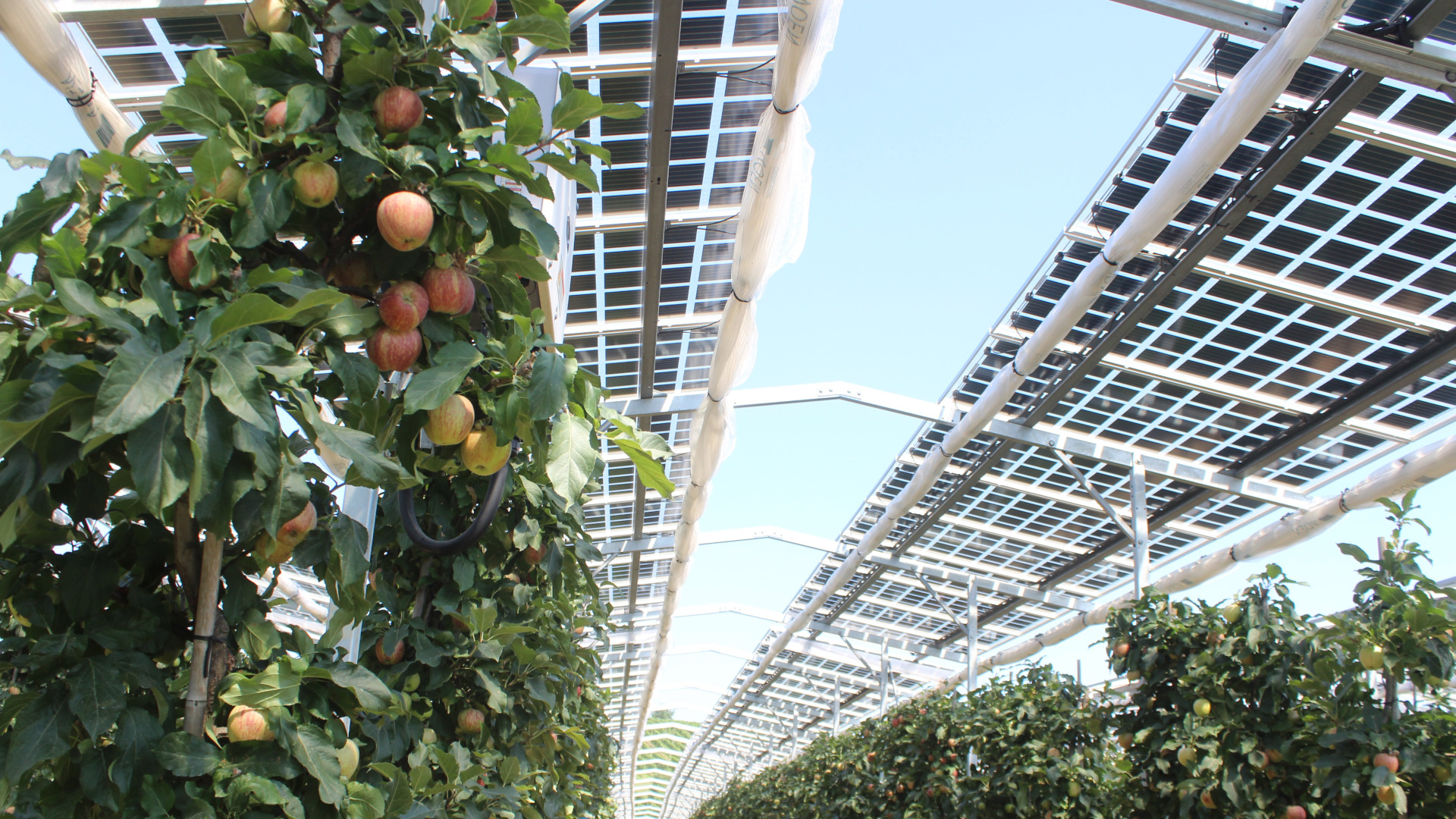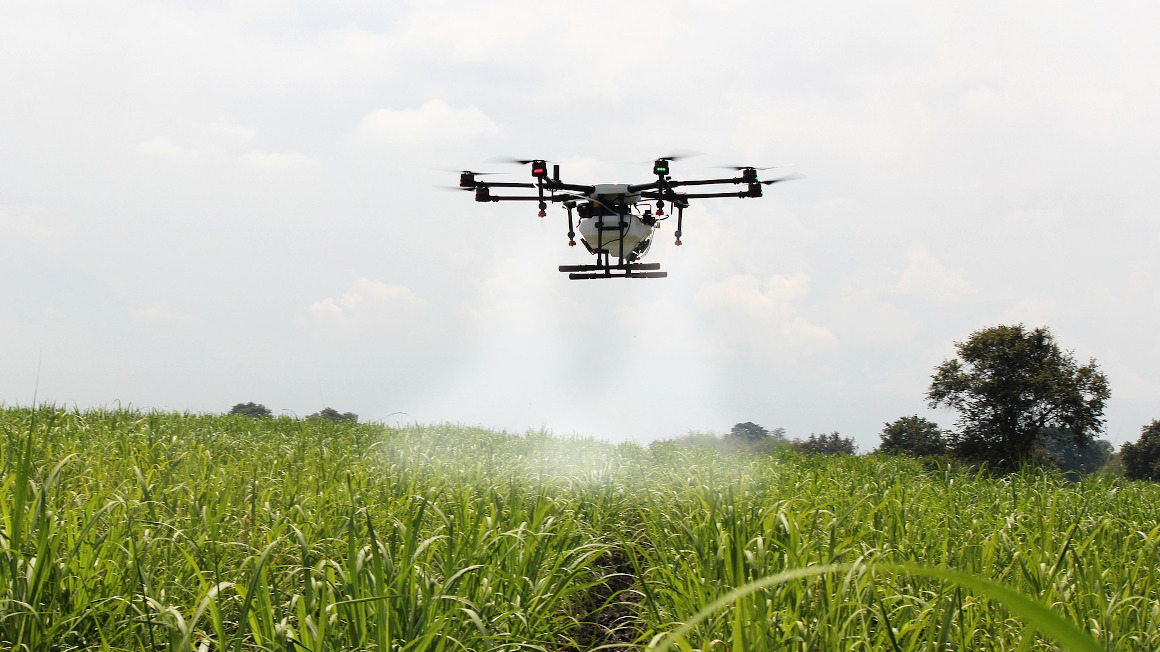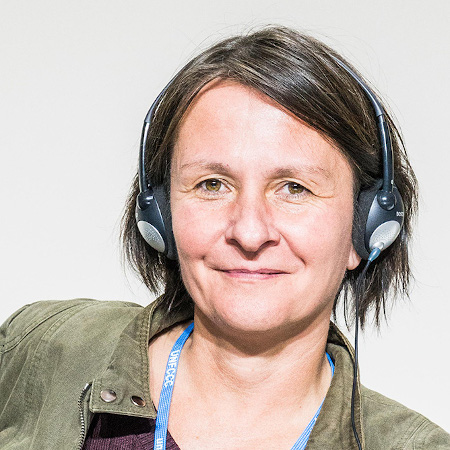The dairy cow of the future
Jens BaltissenProfession:
Veterinarian
Position:
Head of department in the German Livestock Association
Acting managing director of the Förderverein Bioökonomieforschung e.V.

Profession:
Veterinarian
Position:
Head of department in the German Livestock Association
Acting managing director of the Förderverein Bioökonomieforschung e.V.

The veterinarian Jens Baltissen talks about modern breeding approaches for dairy cows favored by bioeconomy researchers in the German Livestock Association.
The German Livestock Association umbrella organization for the production of cattle and pigs in Germany. Within the association, the Förderverein Bioökonomieforschung e.V. (FBF) deals with modern breeding research and insemination. The research activities are supported by the Federal Ministry of Agriculture and the Federal Ministry of Research, among others. The veterinarian Jens Baltissen is the provisional managing director of the FBF and explains which traits are in the focus for breeding dairy cows now and in future.
What role does the Förderverein Bioökonomieforschung play in the German Livestock Association?
In principle, both clubs are independent. However, almost without exception, the members of the Förderverein Bioökonomieforschung (FBF) are also members of the federal association. The FBF therefore sees itself as a research department of the BRS. There are five specialist groups from the cattle and pig sectors that award projects independently or participate in nationwide calls for proposals for projects. The focus here is on the practical implementation of the issues that are to be addressed scientifically.
Dairy cows have long been bred primarily for top performance. What are the breeding goals for the cow of the future and why?
The term "maximum performance" has a very negative connotation in our field. From the breeding approach, the "performance" of a dairy cow is much more than just the milk quantity. As animal breeders, we work on over 50 characteristics of the dairy cow. These include, among others, characteristics such as exterior, i.e. the cow's physique, easy births, cell count content of the milk and length of life. Increasingly, the focus is on health traits that are less hereditary. The focus here is on the claws, udder and fertility. Especially in this area, new breeding values have been introduced in recent years. Here, a sustainable breeding progress - due to the higher genetic complexity (multi-causal trait complexes) and a very large husbandry-environment effect - has only become possible through modern genomic methods in combination with detailed phenotypic trait recording at herd or population level.
How did biotechnological and bioinformatics methods change cattle and pig breeding?
The biotechnological methods developed in recent decades, such as artificial insemination and embryo transfer, have led to the targeted application of new bioinformational methods such as "genomic breeding valuation" in practice and have increased breeding success. The optimized collection of more and more traits is also the reason why this development is being used more widely in cattle breeding, especially in dairy cattle breeding, than in pig breeding.
Cattle in particular excrete methane and contribute significantly to greenhouse gas emissions from agriculture. In your opinion, how high is this value in this country?
The question of methane production and, ultimately, the overall consideration of emissions is primarily a purely calculative question. If one takes the pure emission into account, the cow is a methane producer, which causes a considerable part of the nationwide methane emission. But one must also see the positive sides of dairy cow husbandry, such as the maintenance of grassland sites, fodder cultivation and fertilizer production for the nutrient cycle. If we then place the methane emissions of our domestic cattle in the global context, the proportion is much lower.
Which research approaches target the reduction of methane production?
We are currently working with the eMissionCow project to record the individual methane production of dairy cows and try to develop a breeding approach with regard to feed and methane efficiency per unit of output in the context of the lifetime performance of the cows.
What is the potential of genome editing - for example using CRISPR-Cas gene scissors - for cattle and pig breeding? Are there currently any such research projects in Germany?
We view the potential opportunities offered by these modern biotechnology methods as very valuable. Nevertheless, this type of breeding influence must be used very carefully and under consideration of all risks. Our members have drawn up a joint declaration of commitment to this end, which includes, for example, the identification of genome-derived breeding products and an explicit limitation to traits that enhance animal welfare. At present, however, EU legislation does not permit the practical use of genome editing. The possible applications are therefore currently limited to individual research projects. Currently, two research projects with FBF participation are ongoing as well as a model study on the production of genome-edited bovine embryos as a "proof-of-concept" study.
Interview: Philipp Graf


